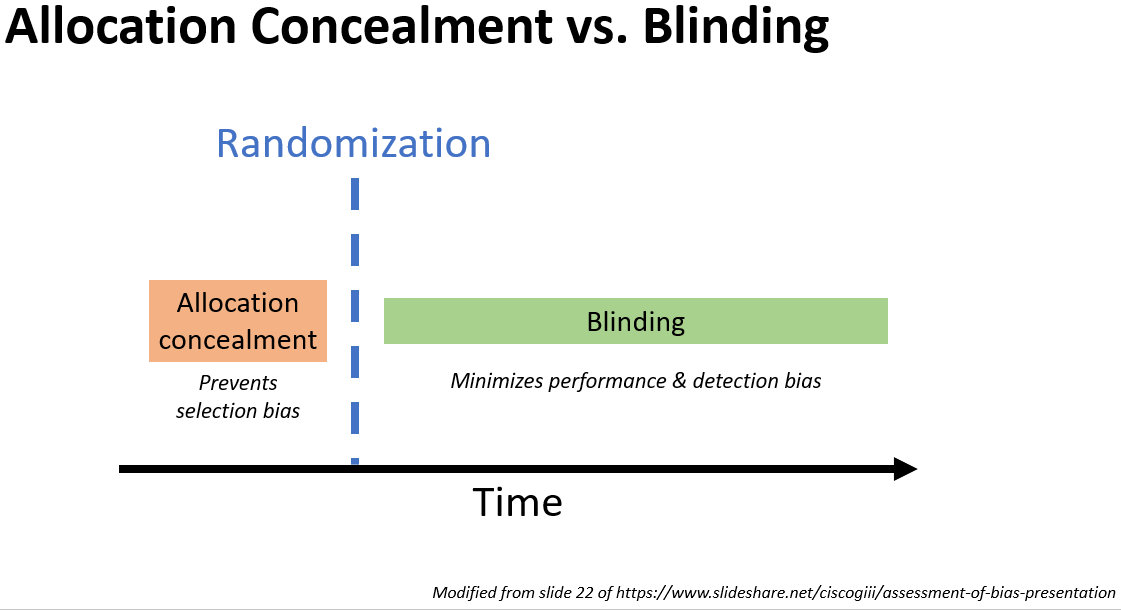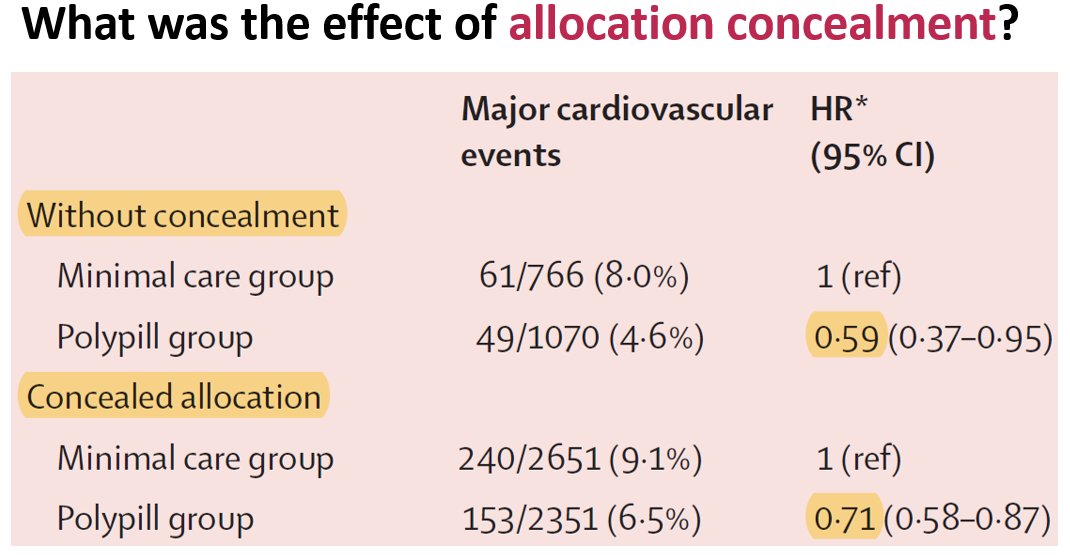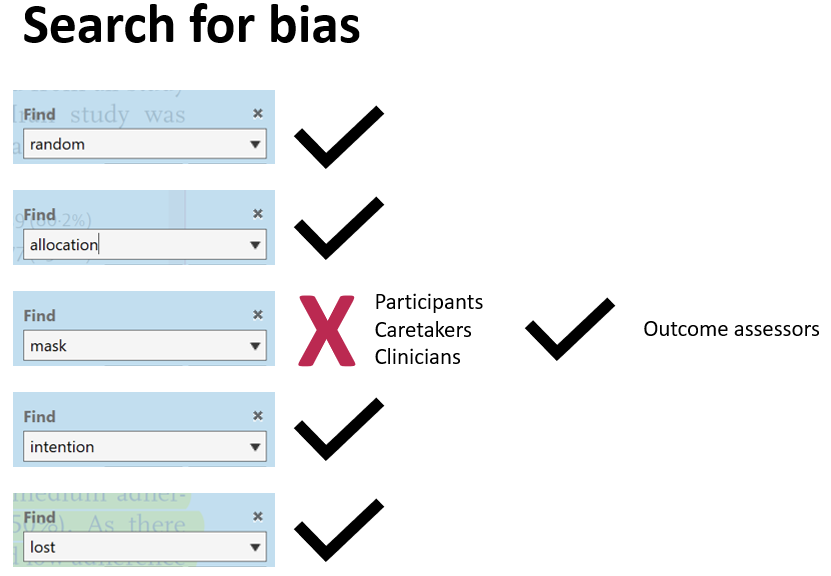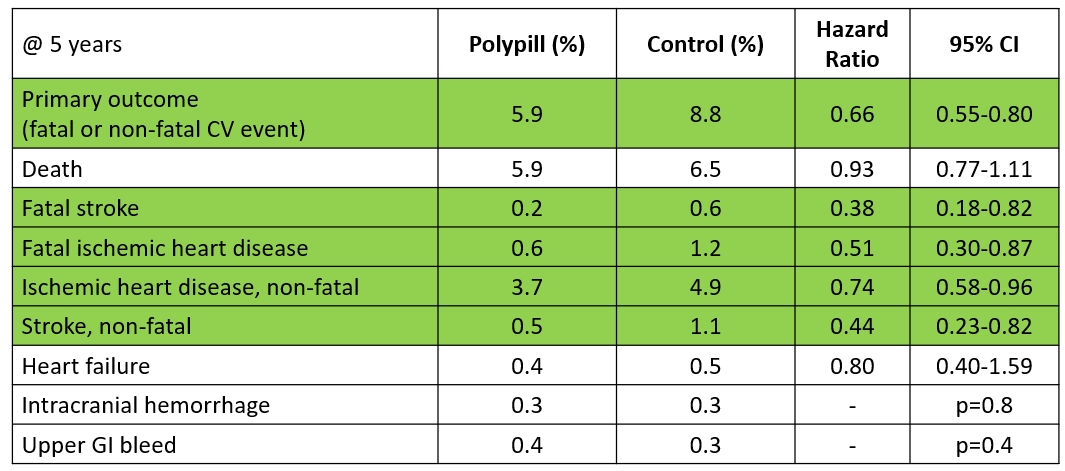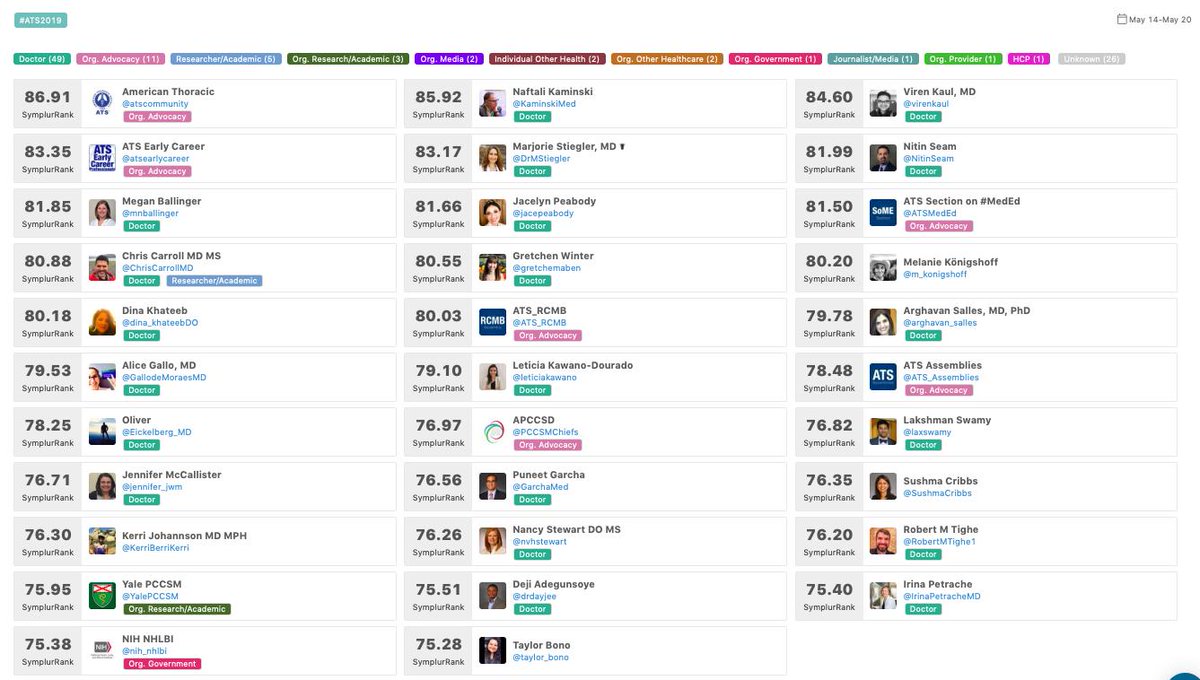Go to nerdcat.org for the latest version of all the NERD critical appraisal tools, including NERDCAT-RCT: static1.squarespace.com/static/56a0651…
@medmyths literally wrote an iBook on this, available at: therapeuticseducation.org/sites/therapeu…
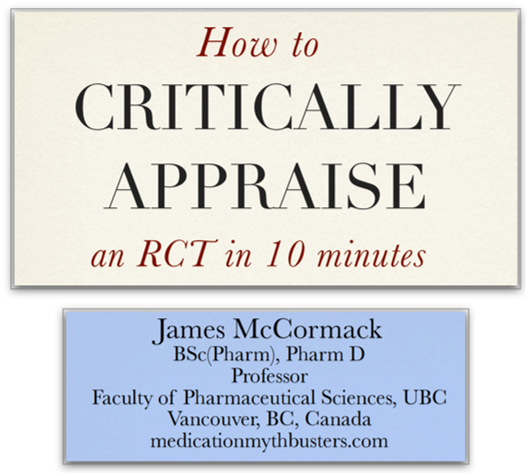

Hot topic in your area?
Outrageous conclusions?
Outcome(s) that matter?
Title piques your interest?
If ≥2 HOOTs based on the title+abstract, it's probably worth your time
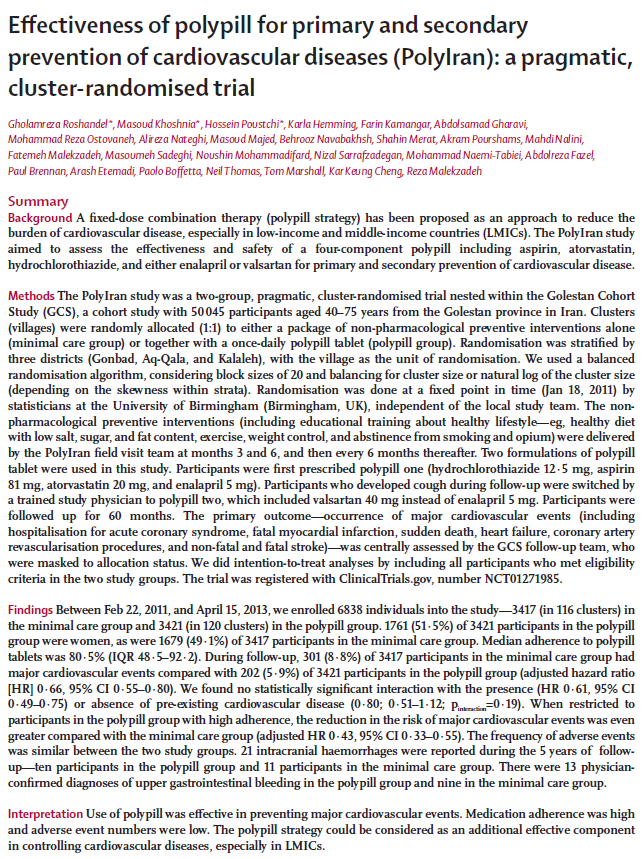
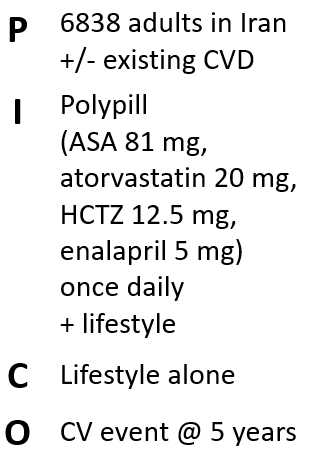
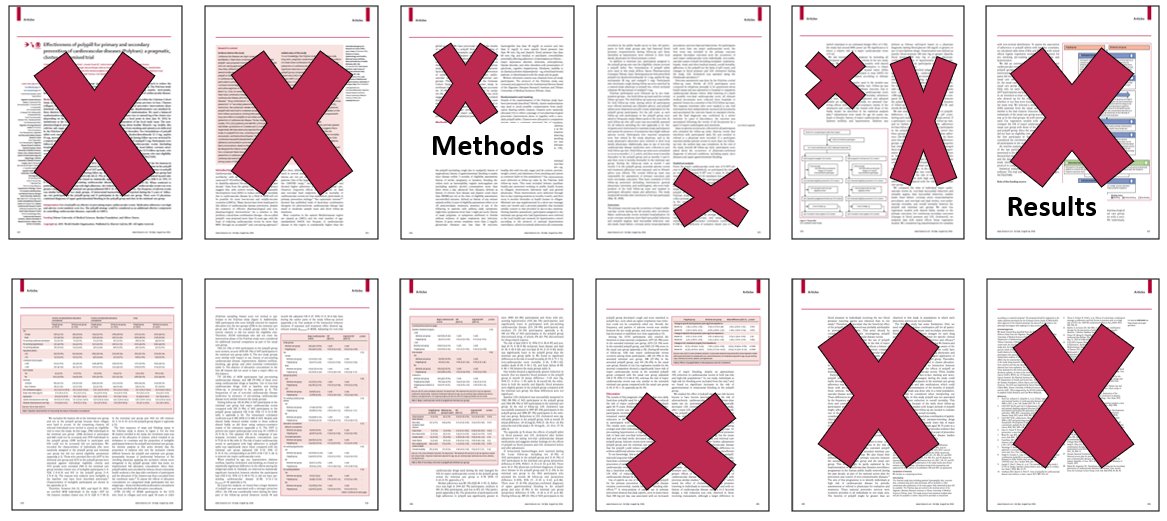
(1) Who does this (not) apply to? (generalizability)
(2) Are the results reliable? (internal validity)
(3) What are the results? (absolute magnitude of benefits & harms)
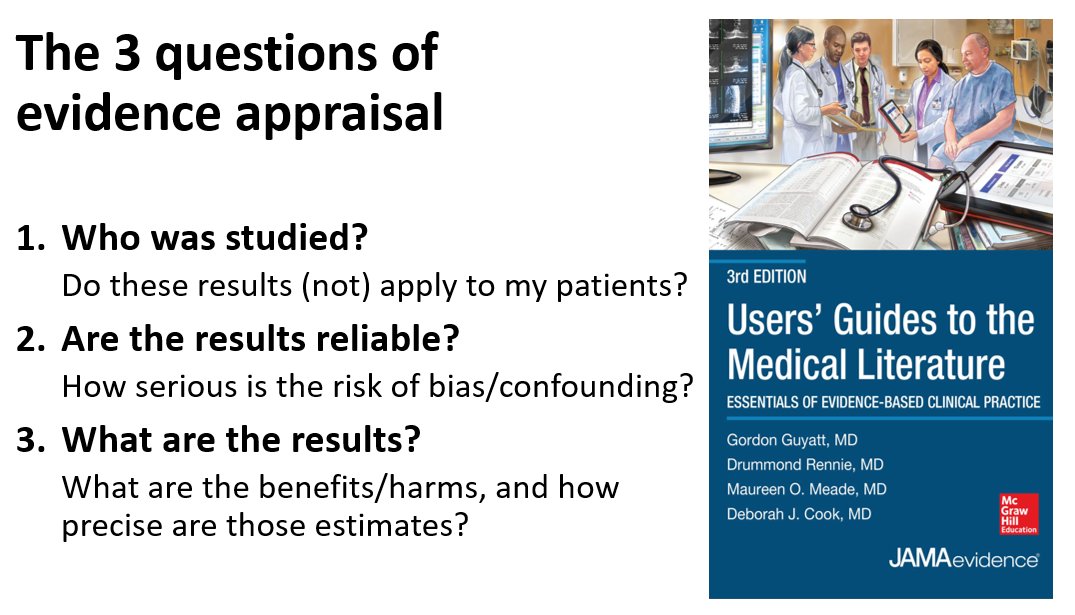
IMHO, this is the most nuanced part of appraisal. It's the part where you identify if the trial patients are so DISSIMILAR from your patient population (or the patient in front of you) that you cannot apply its result to them.
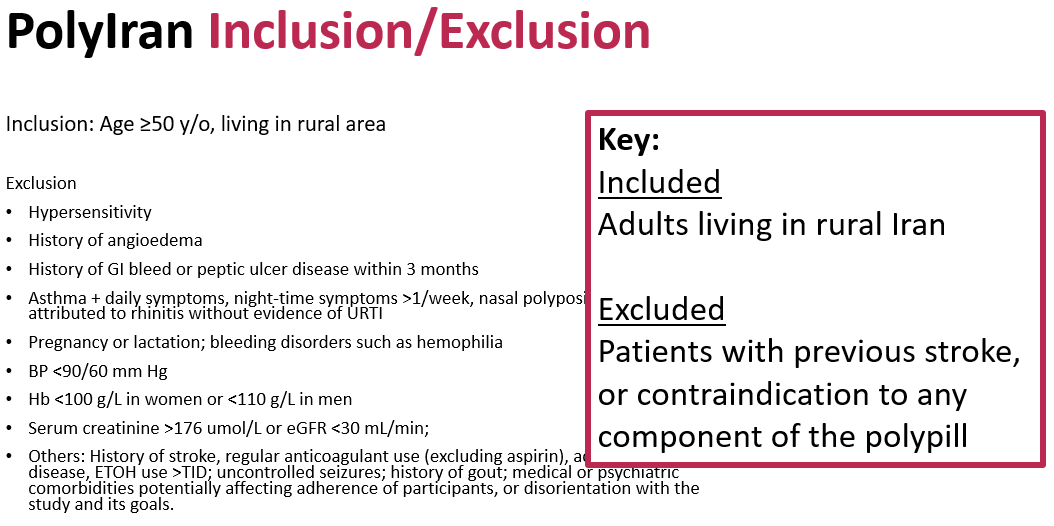
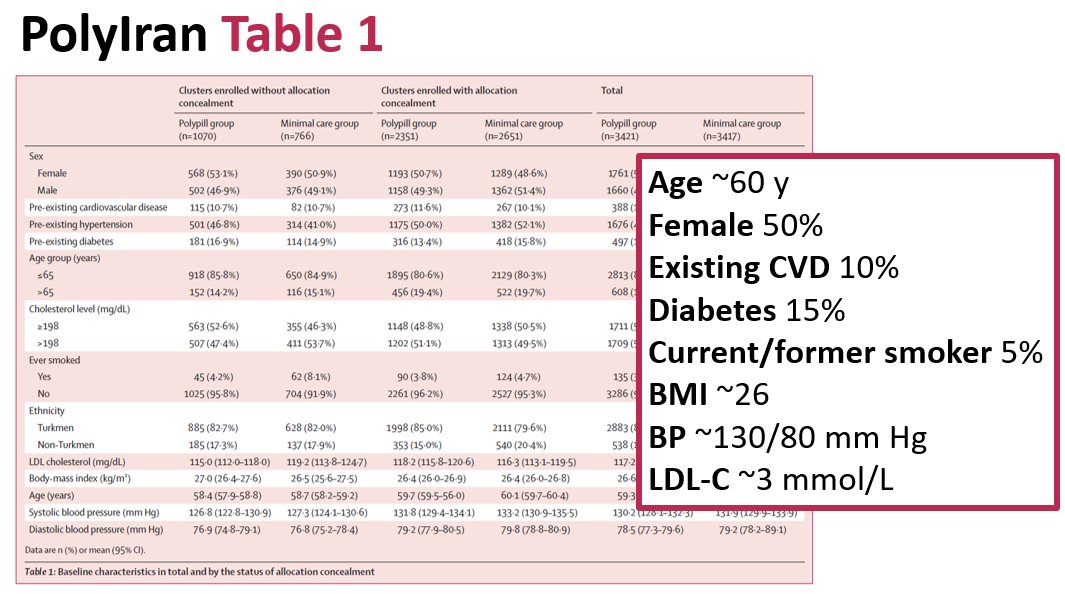
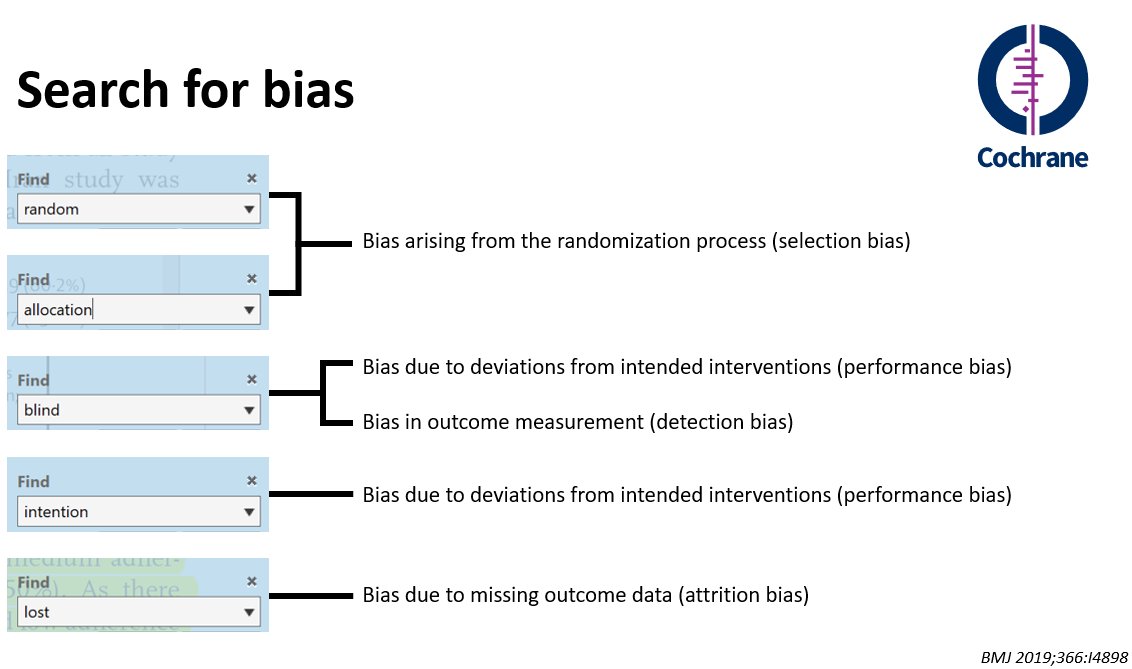
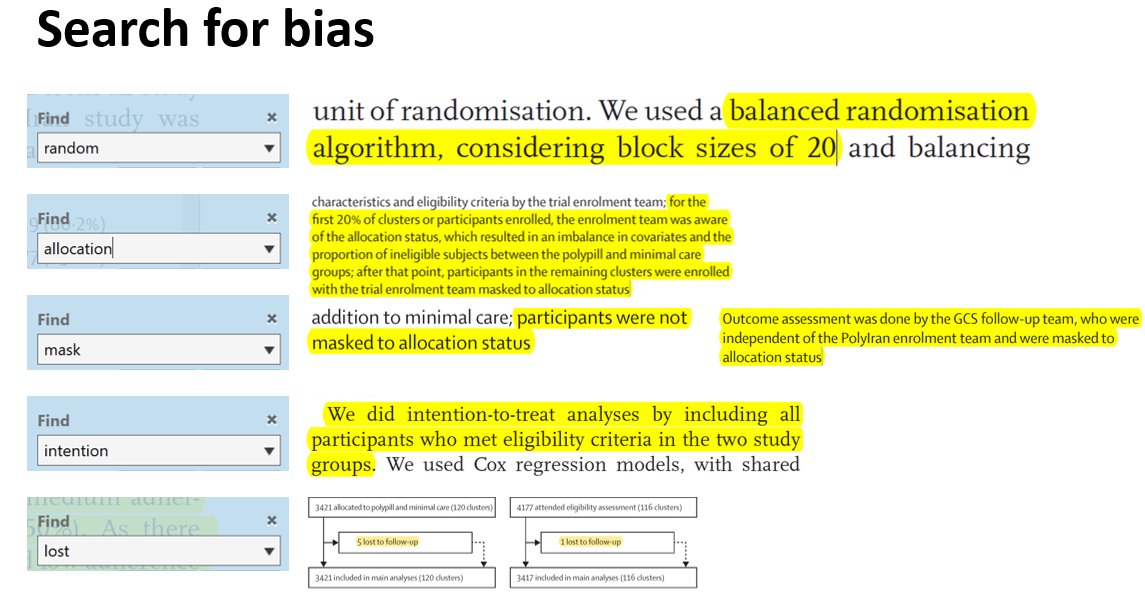
If allocation concealment inadequate, blinding is compromised.
